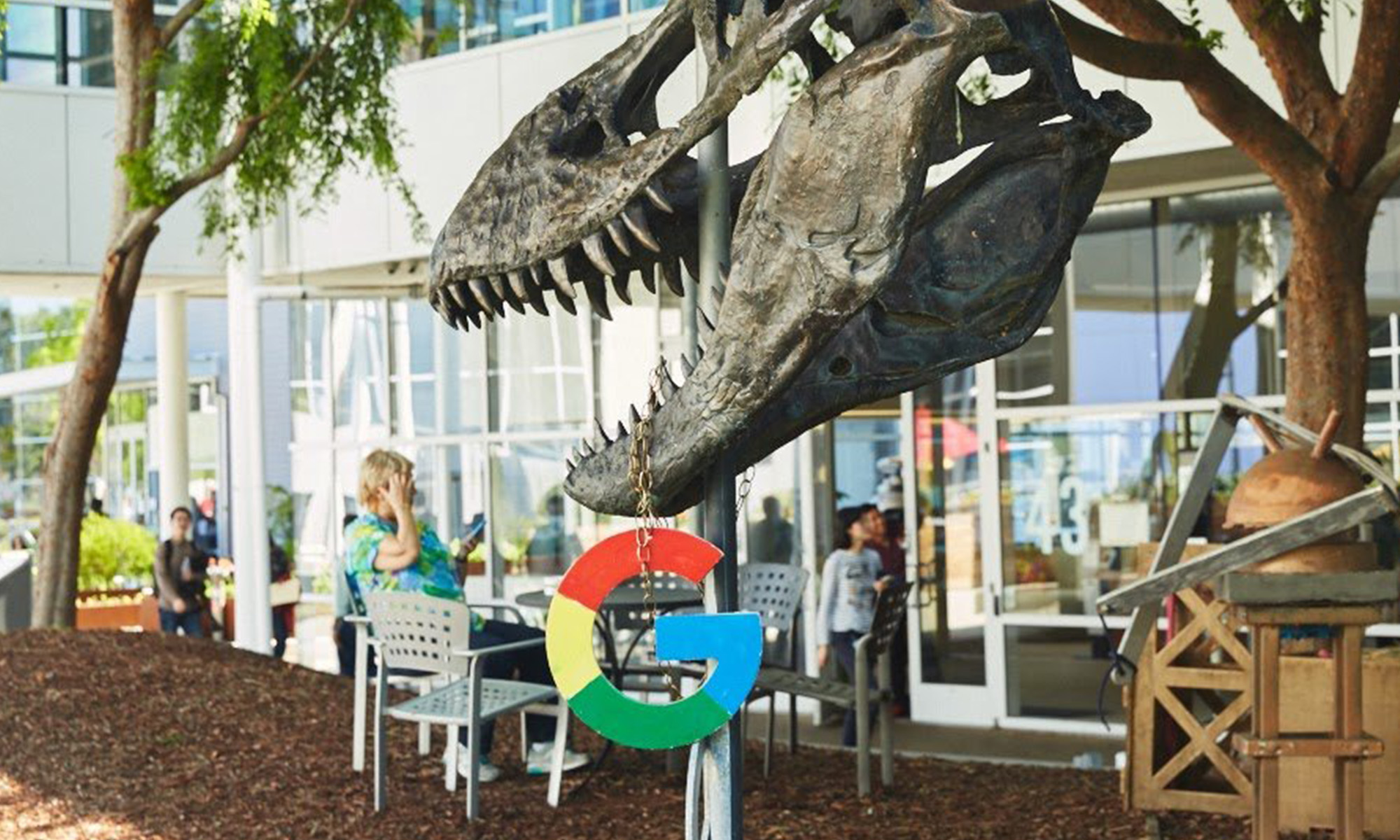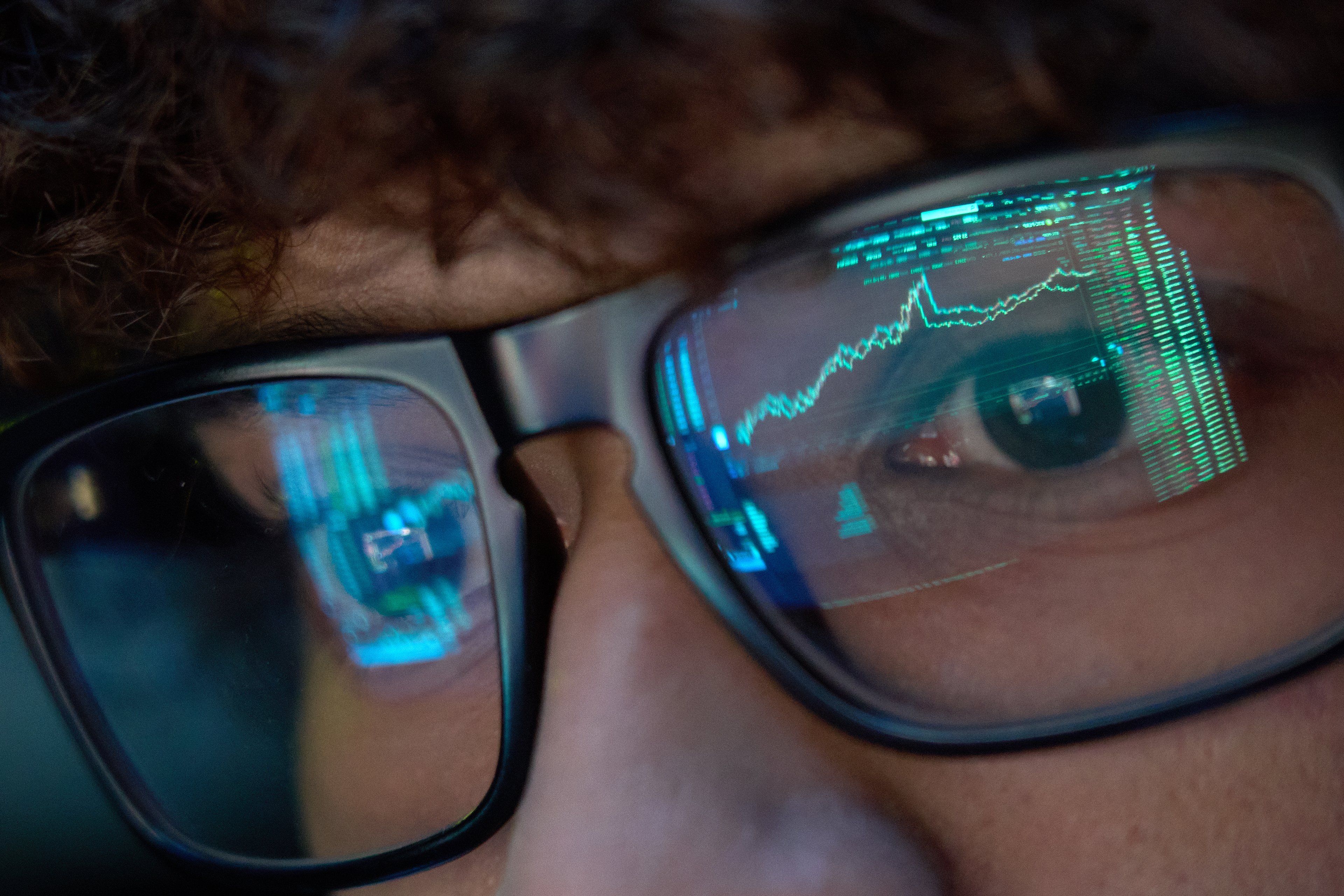Facebook (FB 0.04%) bought Instagram for about $1 billion in 2012. A decade after that, it might produce nearly $59 billion in ad revenue and account for the majority of Facebook's business, according to a recent eMarketer forecast.
Earlier this year, I wrote about why Instagram has so much potential to generate more ad spending than its parent company's flagship platform. It already generated about $20 billion last year. With a younger, more engaged, brand-focused audience, Instagram presents a lot more potential value for advertisers than Facebook.
But it's not just Facebook that Instagram has the potential to outperform. Instagram may be a better source for incremental ad dollars than any other digital advertising source in the world. eMarketer expects Instagram to capture 28% of net new global digital ad spending between 2019 and 2022.
Image source: Instagram.
Why Instagram is so appealing
Ad budgets are still working to catch up with the shift in eyeballs from television to digital. While TV ad budgets have mostly stalled over the last half decade, digital ad budgets are booming. TV ad spending is going to start decreasing this decade, and may have already peaked (now that ad budgets have shifted due to the coronavirus pandemic).
Part of that is mobile devices have increased the amount of time spent consuming media in general, but the percentage of time spent with digital media versus traditional media has also shifted. We're spending less and less time sitting on the couch watching TV with commercials, and more time scrolling through feeds on our phones while streaming commercial-free video on demand.
Instagram's audience is highly engaged. In 2018, the average user spent about 53 minutes per day in the app, according to data from Similar Web. The only social media app with greater engagement was Facebook (58 minutes per day). That number is likely increasing, as Instagram has improved features like Stories and Explore.
As I've written in previous articles, Instagram users are actively seeking out brand messaging. In fact, some users are actively shopping for things on Instagram -- a trend the company has leaned into. That means they're going to be more receptive to advertisements than users on other platforms.
Combined with Facebook's troves of data, Instagram presents the best of both worlds in digital advertising: It can reach a broad audience for branded messaging like TV advertising; and it can show very specific ads based on users' interests right when they're ready to buy, like a search ad on Amazon. And it can produce better conversion rates than anyone because users are actively seeking out recommendations.
So, Instagram is positioned to participate in both the secular growth of digital advertising as budgets catch up with eyeballs, and it also presents a place for shifted television ad spending to find a new home since it's able to reach a broad audience. That produces a strong tailwind for continued revenue growth.
Instagram still has challenges to overcome
Instagram certainly can't just stand still and expect billions of dollars in ad revenue to fall into its lap. The company has several challenges that it still needs to overcome in order to capture the incremental ad spend heading into the digital advertising market.
First and foremost, management has said it's saturated the ad load in the Instagram feed. That means ad revenue growth from that format will start to slow over the next few years. That said, there's likely a couple years of growth yet to come as Facebook improves average ad prices. It saw a similar pattern take hold when it announced ad load saturation in the Facebook News Feed in 2016, and proceeded to trounce ad revenue growth expectations over the next couple years.
Improving average ad prices will stem from increased demand for feed ads, which Instagram can facilitate through continued product improvements. Things like shoppable posts and Instagram Checkout could lead to more valuable advertisements because they reduce the friction between learning about a product and purchasing it.
Instagram is also looking to expand its ad inventory. It introduced ads in the Explore tab last summer, and it started testing ads in IGTV -- the long-form video section of the app -- earlier this year.
The biggest growth driver over the next few years will be Stories. Helping marketers figure out the best way to advertise within the feature will be key to driving revenue growth. The impact of Facebook's early efforts can be seen in the company's declining overall average ad price. Reversing that trend while maintaining strong ad impression growth will be a key factor over the next couple years.
While Instagram has a lot of potential to grow -- likely even bigger than Facebook's flagship app -- it still has to execute. But based on the tech company's track record, investors should be confident that it'll take the lion's share of incremental digital ad spend over the next few years.






